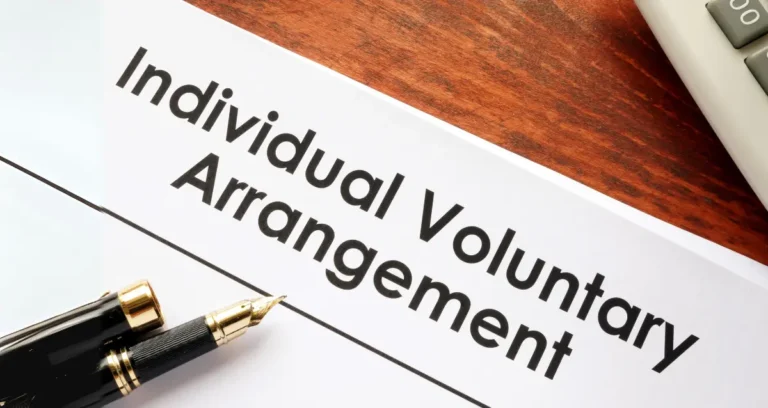What to Do When Your Customer Goes into Administration
As a business owner, dealing with customers who have gone into administration can be a stressful and uncertain situation. Not only does it affect your business financially, but it can also cause disruptions in your operations and relationships with other customers. So, what can you do when your customer goes into administration?
In this blog, we will discuss the steps you can take to protect your business and minimize the impact of a customer’s administration on your operations.
1. Understand the Situation
The first step to take when your customer goes into administration is to understand the situation. Administration is a legal process in which a company is placed under the control of an appointed administrator to try and save it from insolvency. This can happen due to various reasons such as financial difficulties, poor management, or unforeseen circumstances.
It is essential to gather as much information as possible about the administration process and the reasons behind it. This will help you understand the impact it will have on your business and what options are available to you.
2. Communicate with the Administrators
Once you have a better understanding of the situation, it is crucial to establish communication with the administrators appointed by the court. The administrators are responsible for managing the company’s affairs during the administration process and negotiating any outstanding debts.
Reach out to them and ask for updated information on the situation. It is also essential to communicate any outstanding payments or invoices that need to be addressed. By maintaining open communication with the administrators, you can stay informed about any developments and ensure that your concerns are heard.
3. Review Your Contract
If you have a contract with a customer who has gone into administration, it is crucial to review it carefully. Look for clauses that outline what happens in case of insolvency or administration. This will give you an idea of your rights and responsibilities in this situation.
The contract may also include provisions for securing payment or recovering any losses incurred due to the customer’s administration. Understanding these clauses can help you take the necessary steps to protect your business.
4. Register as a Creditor
As a supplier or service provider, you are considered a creditor of the company in administration. This means that you are owed money for the goods or services you have provided. To ensure that you are included in the administration process, it is essential to register as a creditor with the administrators.
By registering as a creditor, you become part of the creditors’ committee, which is usually formed to represent the creditors’ interests during the administration process. This gives you a voice in any decisions made by the administrators and increases your chances of recovering any outstanding payments.
5. Explore Legal Options
If your attempts to communicate with the administrators and reach a resolution have been unsuccessful, you may need to explore legal options. This could include seeking legal advice on recovering outstanding payments through debt recovery or taking legal action against the company.
However, it is essential to consider all factors before taking legal action, including the costs involved and the likelihood of success. Consulting with a lawyer can help you understand your options and make an informed decision.

6. Maintain Relationships with Other Customers
When one of your customers goes into administration, it can create uncertainty and potentially damage relationships with other customers. To mitigate this impact, it is crucial to maintain open communication with your other customers.
Explain the situation and reassure them that it will not affect your services to them. This will not only help maintain positive relationships but also show your commitment and professionalism as a business.
7. Diversify Your Customer Base
While it may not be possible to completely avoid a situation where one of your customers goes into administration, diversifying your customer base can minimize the impact on your business. By having multiple customers, you can spread out your risk and not rely too heavily on one customer for your revenue.
Additionally, having a diverse customer base can also protect your business from potential losses if one customer goes into administration.
8. Review Your Credit Policies
The experience of having a customer go into administration can serve as a valuable lesson for reviewing and updating your credit policies. This includes conducting thorough credit checks on potential customers and regularly reviewing the creditworthiness of existing customers.
Having a robust credit policy can help you identify any red flags early on and take necessary precautions to protect your business.
Conclusion
Dealing with a customer who has gone into administration can be challenging, but it is essential to remain calm and take a proactive approach. By understanding the situation, communicating with the administrators, and exploring all options available to you, you can minimize the impact on your business and protect your interests.
Remember to also learn from this experience and make necessary changes to strengthen your business in the future.







